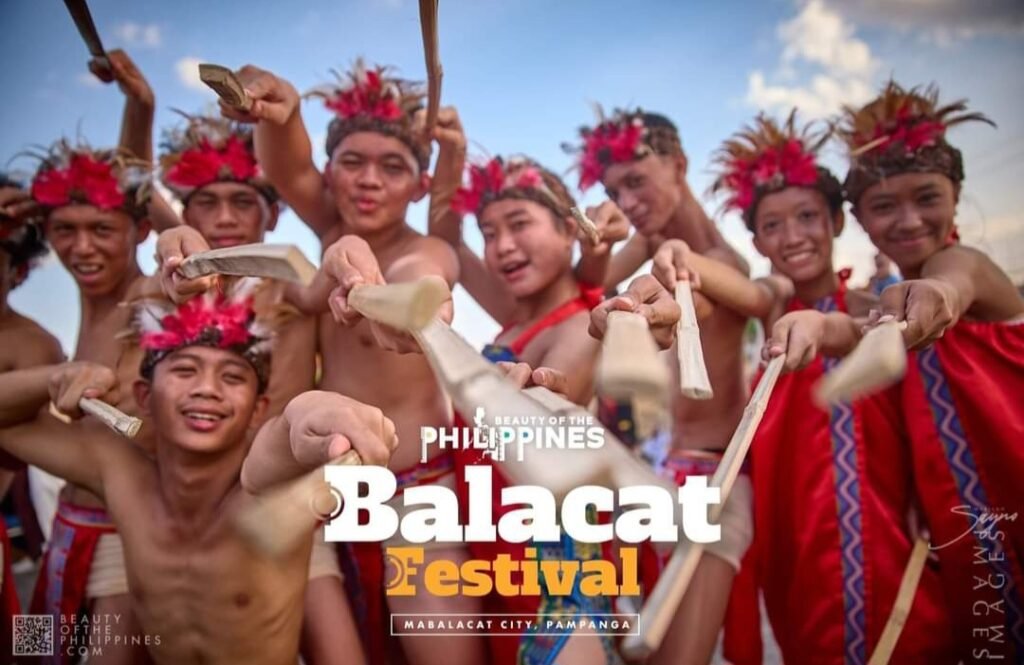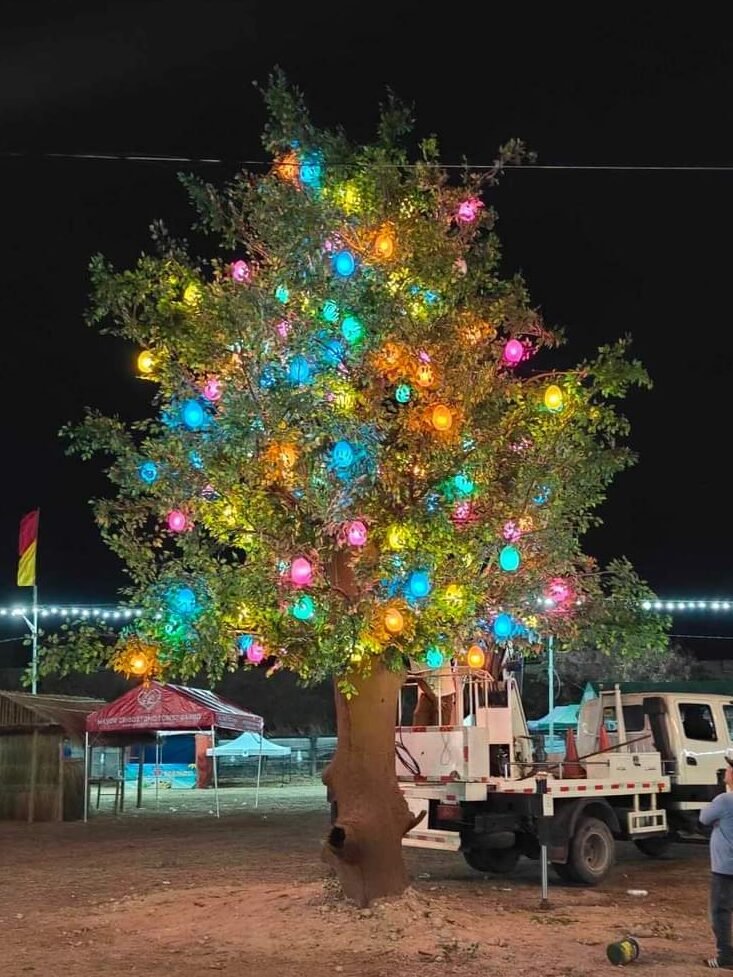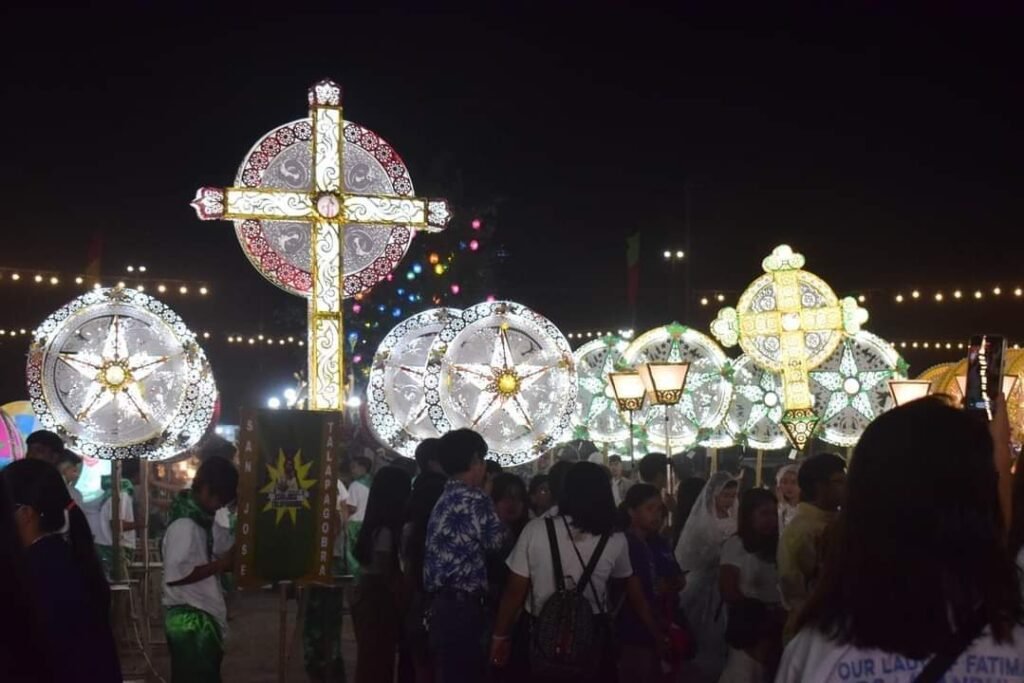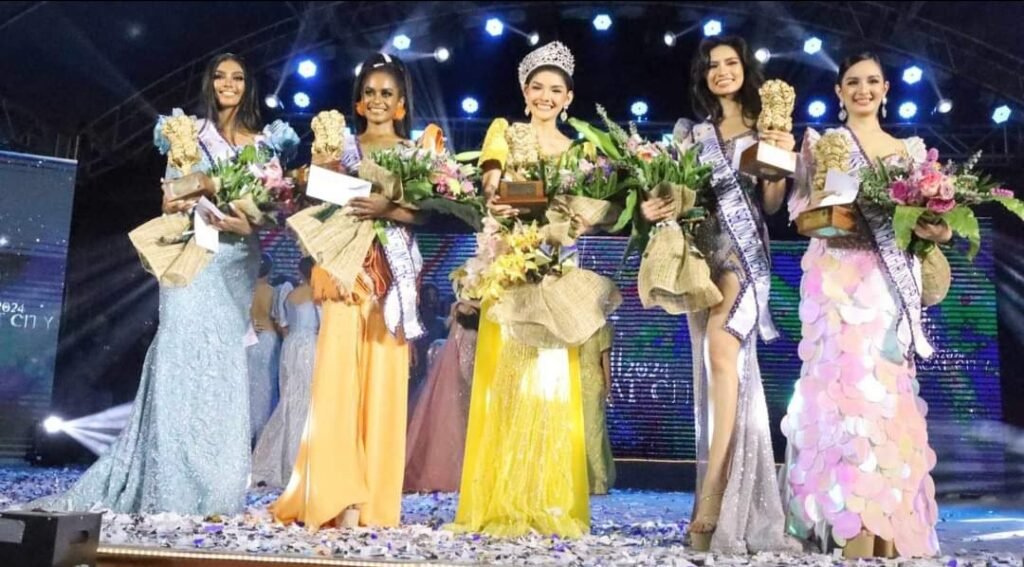
Lights, colors, laughter and community —these are just a handful of things you’d expect in an average fiesta or festival. But, unlike other city festivals, this year’s Balacat Festival was unique.
Last week’s festivities marked the second celebration of a city that’s existed since the 1730s, owing to the fact that Balacat Fest wasn’t always named that way. The theme “Lubenas Lights, Mabalacat Unite: A Celebration of Color and Delight” spells it all out for us: this is more than just about being a Mabalaqueñian.
Ma-balaqat pu queni

Before it was called Balacat Festival, it was Caragan Festival, in honor of King Caragan who presented a statue to the early church in Mabalacat. When asked what the name of this place was, it only made sense for Caragan to call it what it was—a place full of Balaqat trees. This place was the barrio of Mabalacat.
Caragan Festival was a celebration in honor of indigenous people, of the King that named, ruled, and lived in the area. Looking at it now, it’s clear that it is not just Aetas that live in Mabalacat. Thus, the focus shifted away, not away from the Aetas but a wider field of view— Mabalacat isn’t just the Aetas but also the people that live there now. The people that work there now. This year’s Balacat Festival said it plain as day, “Mabalacat Unite” and the festival truly aimed to unite.
The Mabalaqueño Identity and Kapampangan Pride

Being right next to Clark Freeport, Mabalacat City is ripe for all kinds of development industrial, business, and others. However, that puts the cultural identity of Mabalacat at risk — something Mayor Crisostomo Garbo pointed out in social media. Looking to the future is a good thing, as long as one always remembers where they came from.
A heritage district was established, projects to map the history of Mabalacat, the old town hall reconstructed into a museum and cultural center. The identity of a Mabalaqueñian was to be protected at all cost and, now, celebrated.
But it doesn’t stop at just being a Mabalaqueñian—it’s also about being Kapampangan.
During his opening speech, Mayor Garbo said, “We should maintain to put to heart that we Mabalaqueño and Pampangeño that we are strong In whatever trials we experience.” Mabalacat is a part of Pampanga, and so it should be that Mabalacat should celebrate her culture with her fellow Kapampangans.
Basking in the Lubenas Light

Something of a dying art, Lubenas is about carrying a lantern through the streets, singing hymns and reciting the Holy Rosary. Usually done by the Yuletide season, especially for Misa de Gallo — which made it all the more odd to see it in near the tail end of February. However, just because it wasn’t done during the time it is traditionally set apart for doesn’t mean that its only significance is being out of season.
Lantern making has always been a part of Kapampangan culture and Mabalacat is no exception. The Giant Lantern Festival is already a huge indicator. A lantern procession like this isn’t just about tradition or faith but also the showcasing of skill that Kapampangans possess, Mabalacat being one such place where lantern makers still persist.
Hence, when the festival was being planned, an invitation was sent to other Kapampangan towns and cities. Magalang, Angeles, Sto. Tomas, San Fernando, and Mexico stood alongside the 27 barangays of Mabalacat for an old tradition, an act of faith that Kapampangans share — Lubenas.
The way the colors glowed into the night as people flocked and followed the procession. It wasn’t just a spectacle, it felt hopeful. A reminder of the faith that bonded people together. Hymns were sung, the Holy Rosary was recited, it almost felt like Christmas. An art preserved by faith in Mabalacat, as it is in the rest of Pampanga.
Past and Present on display

“Tabnuan, in Tagalog, means Tagpuan,” said Arwin Lingat of the Mabalacat Tourism office.
“Tagpuan” or Meeting Place. That is what the new Mabalacat Cultural Center is named.
What was once the municipal seat of office before the seat is now a monument to arts and culture. Pieces from the barangays, from local artists and photographers, it shows the very best Mabalacat has on display.
Even the building itself is a piece of history, being a “Casa Tribunal” during the Spanish Era of Philippine History, lifetimes ago.
Here, Tabnuan stands, evidence of Mabalacat’s place in history, her culture and art on display for all to see and marvelled at and remembered.
Beauty on the Streets, In Her People

From the Street Dancing competitions to the Agro-industrial pavilions to Ms. Mabalacat, beauty and color filled people’s views.
Dances based on cultural heritage, the uniqueness of each barangay on full display both in costume and choreography—all of it in support of their own corner of the city.
The booths all showcasing their own barangays trades, industries, the biggest deals they’ve made, and their relationship with modern Mabalacat and their faith. Some were based on churches, others based on the changes made by the Sangguniang Panlungsod. Personally, I enjoyed the coffee from Barangay Atlu-Bola’s booth.
And, when all was said and done, the coronation of Ms. Barangay San Francisco for this year’s Miss Mabalacat.
A Heritage Shared
The whole event brought out the absolute best that Mabalacat has to offer — what it wants to share, what it holds close, and what we can hope for in days to come.
Mabalacat City holds more than just being ‘adjacent to Clark Freeport’ or being ‘another city for investors’—it is her people, it is her pride, it is her history, and, above all, it is Kapampangan.
— Euwan Mosuela



